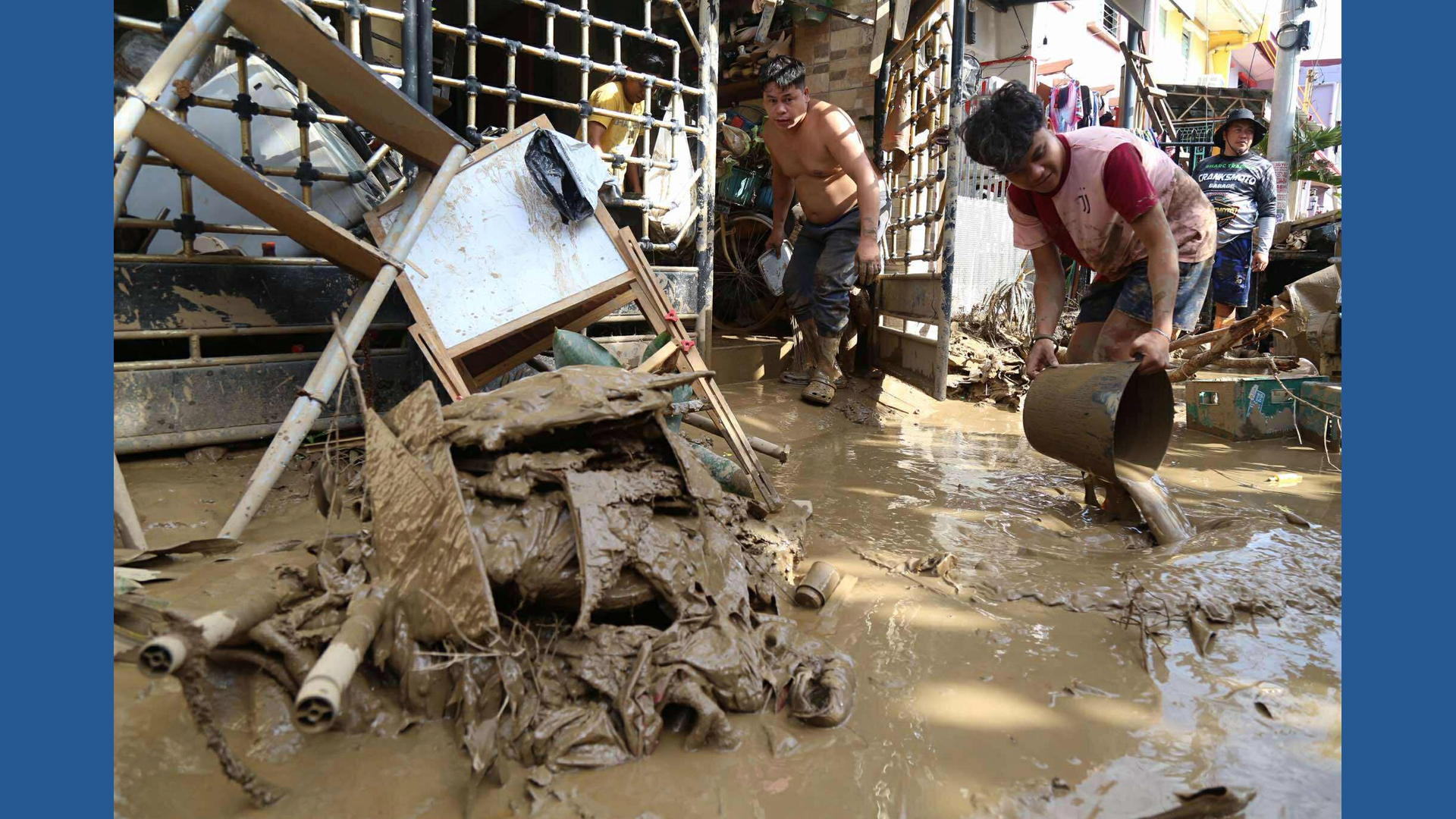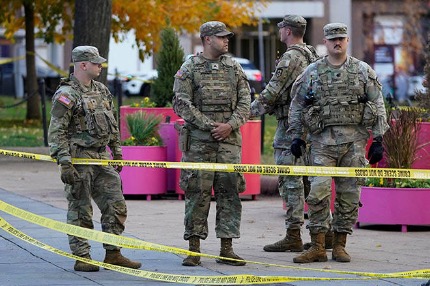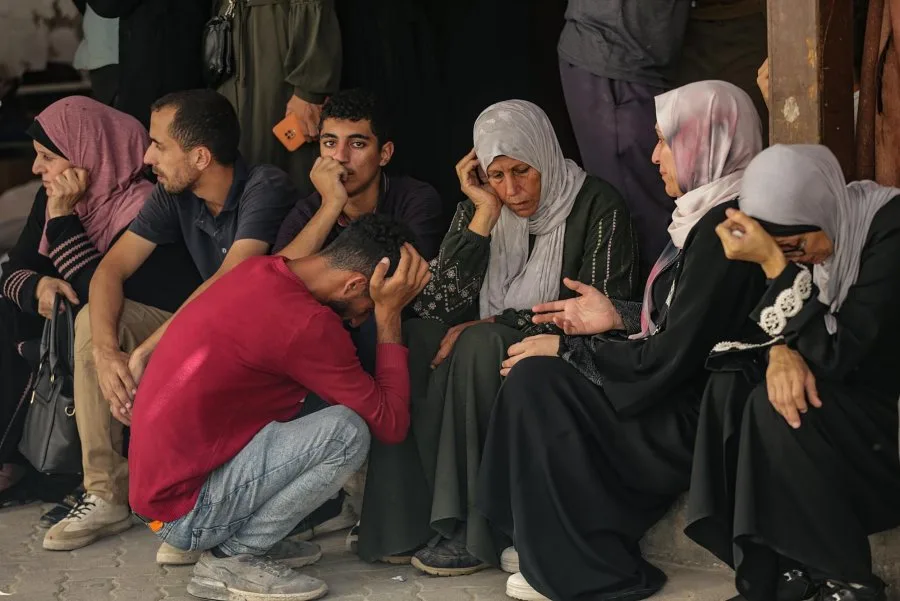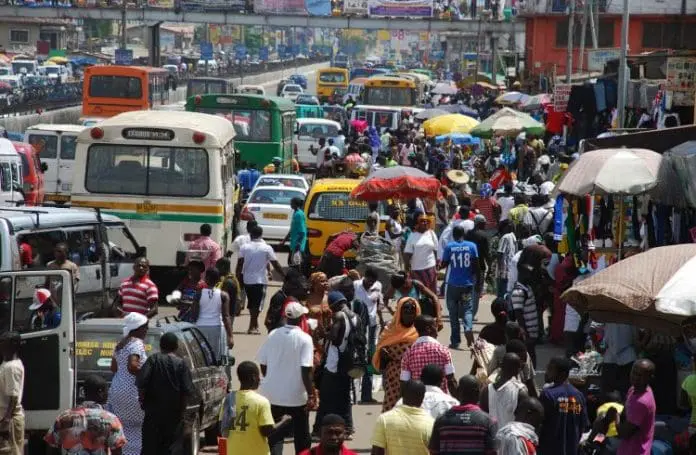
At least 52 people have been confirmed dead and thousands left homeless after Typhoon Kalmaegi, one of the fiercest storms to hit the Philippines this year, tore through the central region, submerging entire towns and flattening communities on the island of Cebu.
Authorities say the storm, locally known as Tino, unleashed torrential rains and violent winds that triggered massive flooding, landslides, and widespread destruction. At least 13 people remain missing, while close to 400,000 residents have been evacuated from their homes.
Videos shared online show desperate families seeking shelter on rooftops as floodwaters swallowed streets, vehicles, and even shipping containers. “We were expecting strong winds, but it’s the water that has devastated us,” said Cebu Governor Pamela Baricuatro, describing the situation as “unprecedented.” She has since declared a state of calamity to speed up rescue and relief operations.
Most of the reported deaths occurred on Cebu Island, where entire neighborhoods were swept away by muddy torrents. Rescue teams used boats to reach stranded residents, while others waded through waist-deep waters to deliver food and medical supplies.
Adding to the tragedy, six members of the Philippine Air Force died when a helicopter deployed for rescue efforts crashed in Agusan del Sur on Tuesday. The aircraft lost contact shortly after take-off, and all crew members are believed to have perished, military officials confirmed.
Rafaelito Alejandro, Deputy Administrator of the Office of Civil Defence, said nearly 400,000 people were relocated before the storm’s landfall, a move that prevented even greater casualties. “We are dealing with widespread damage, but our immediate priority is saving lives,” he told reporters.
For residents like Don del Rosario, 28, the experience was terrifying. “I’ve lived here all my life, and this is the worst storm I’ve ever seen,” he said from Cebu City, where floodwaters left thick layers of mud and debris across entire blocks.
Kalmaegi, which made landfall early Tuesday, has since weakened but continues to lash parts of the Visayas region with winds exceeding 130 km/h (80 mph). It is expected to move out over the South China Sea by Wednesday, heading toward Vietnam, which is already grappling with record rainfall.
The Philippines, one of the world’s most disaster-prone nations, experiences an average of 20 typhoons each year. Kalmaegi strikes just weeks after Super Typhoon Ragasa and Typhoon Bualoi battered the country, leaving dozens dead and rekindling public anger over corruption and substandard flood control systems.
With much of Cebu now in ruins and many families displaced, recovery efforts are expected to take months. For now, exhausted survivors are counting their losses, and praying the skies will finally clear.
Discover more from Hot Stories Ghana
Subscribe to get the latest posts sent to your email.
















































